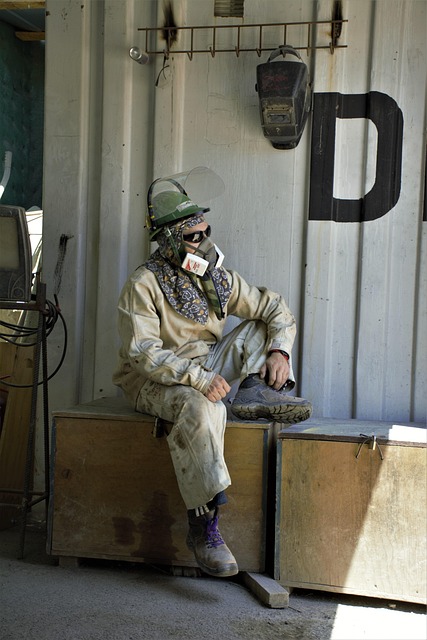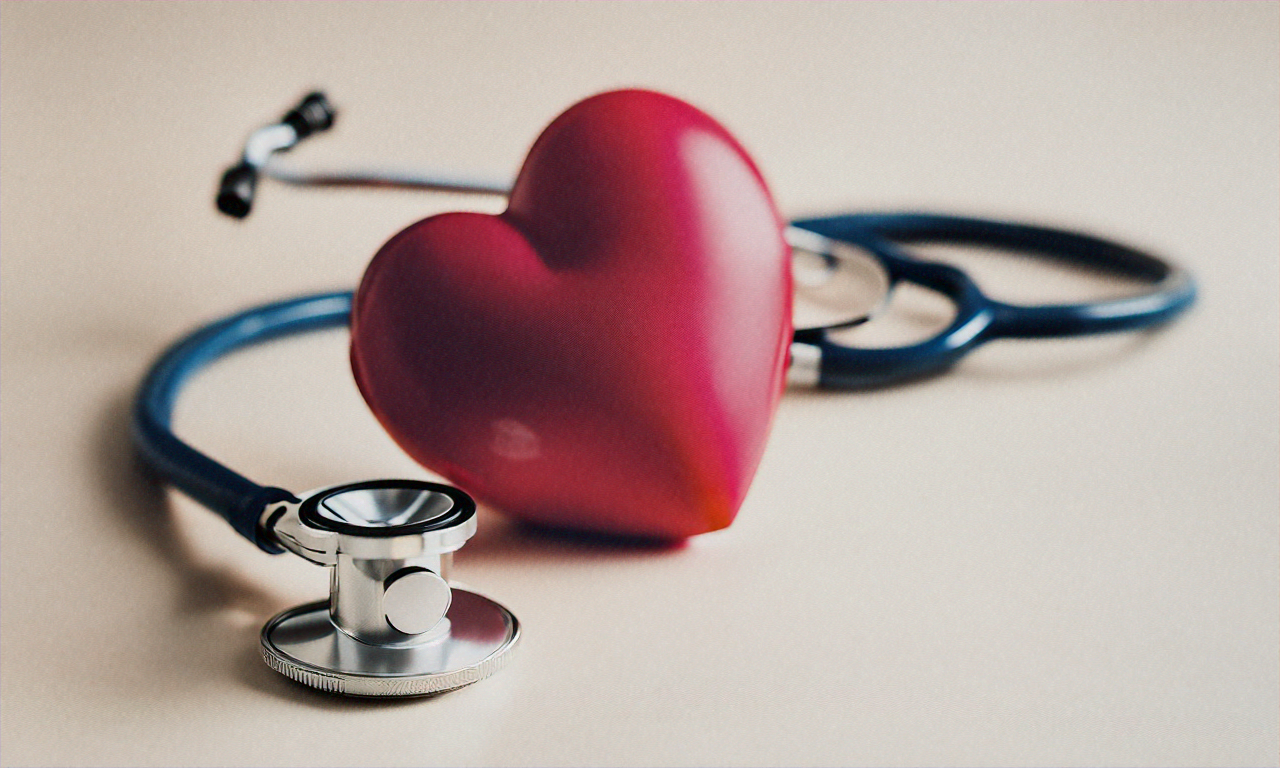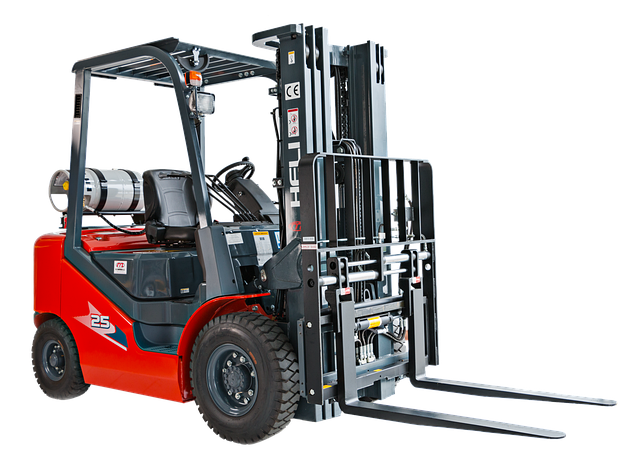Comprehensive Guide to Essential Safety Equipment for All Uses
Safety equipment is a vital component in protecting individuals across a wide range of environments, from workplaces and construction sites to recreational activities and everyday use. The right gear not only reduces the risk of injury but also ensures compliance with safety standards and promotes confidence in carrying out tasks. This guide explores the essential safety equipment needed for various settings, highlighting their importance, applications, and best practices for use.

Personal Protective Equipment (PPE) for Everyday and Workplace Safety
Personal Protective Equipment, commonly known as PPE, forms the foundation of workplace safety protocols across industries. The Occupational Safety and Health Administration (OSHA) categorizes PPE based on the body parts they protect: head protection (hard hats, helmets), eye and face protection (safety glasses, face shields), respiratory protection (masks, respirators), hand protection (gloves), foot protection (safety boots), and hearing protection (earplugs, earmuffs). When selecting PPE, employers must conduct thorough hazard assessments to identify specific risks in their work environment. For instance, construction sites require hard hats, safety glasses, high-visibility clothing, and steel-toed boots as standard equipment, while healthcare settings prioritize disposable gloves, face masks, and protective eyewear to prevent exposure to biological hazards.
Beyond standard workplace applications, PPE has increasingly found its way into everyday scenarios. The COVID-19 pandemic highlighted the importance of respiratory protection for the general public, while activities like home improvement projects benefit from safety glasses and work gloves. Even common household tasks like lawn mowing require hearing protection and eye shields. The key to effective PPE implementation lies in matching the protection level to the associated risk—neither underprotecting nor overprotecting—and ensuring proper fit, comfort, and usability for consistent compliance.
Specialized Safety Gear for High-Risk Environments
High-risk work environments demand specialized safety equipment that goes beyond standard PPE. In confined spaces such as tanks, silos, or manholes, workers require self-contained breathing apparatus, gas monitors, and retrieval systems to address oxygen deficiency risks and potential exposure to toxic substances. Fall protection systems—including full-body harnesses, lanyards, anchor points, and lifelines—become critical for workers operating at heights greater than six feet in construction, telecommunications, and utility sectors.
Chemical handling environments necessitate chemical-resistant suits, gloves, and respiratory equipment specifically rated for the substances being handled. The protection level ranges from splash protection to fully encapsulated suits for extreme hazards. Similarly, electrical work demands insulated tools, voltage-rated gloves, and arc flash protection clothing with appropriate calorie ratings. These specialized environments also require environmental monitoring equipment like gas detectors, radiation badges, and noise dosimeters to continuously assess invisible threats and ensure safety equipment effectiveness.
For emergency response personnel, specialized gear includes thermal imaging cameras for fire detection, self-contained breathing apparatus with extended air supplies, chemical and biological threat protection, and specialized cutting and extraction tools. These professionals also utilize communication systems integrated into their protective gear to maintain team coordination in hazardous situations.
Maintenance and Training for Proper Use of Safety Equipment
The effectiveness of safety equipment depends significantly on proper maintenance, inspection, and training. Regular inspection schedules should be established for all safety gear, following manufacturer guidelines to identify wear, damage, or expiration dates. Documentation of these inspections creates accountability and provides evidence of compliance with safety regulations. Cleaning and storage protocols are equally important—contaminated equipment can become a hazard itself, while improper storage can degrade protective properties over time.
Training programs must go beyond simply distributing equipment to actually demonstrating proper donning, doffing, and adjustment procedures. Effective training incorporates hands-on practice, competency verification, and regular refresher courses to combat complacency. Safety equipment training should also address limitations—helping users understand when equipment may not provide adequate protection or when environmental conditions exceed design parameters.
Creating a positive safety culture proves essential for consistent equipment use. Organizations should encourage reporting of damaged equipment, celebrate safety milestone achievements, and involve workers in safety equipment selection processes to increase buy-in and compliance. Leadership must visibly demonstrate commitment by properly using safety equipment themselves and promptly addressing any safety concerns raised by employees.
Safety Equipment Selection and Procurement
Selecting appropriate safety equipment requires balancing protection, comfort, compatibility, and cost-effectiveness. When evaluating options, organizations should consider industry standards and certification requirements like ANSI (American National Standards Institute), NIOSH (National Institute for Occupational Safety and Health), or CE (European Conformity) markings. These certifications verify that equipment meets minimum performance standards for specific hazards.
| Equipment Type | Average Cost Range | Replacement Frequency | Key Considerations |
|---|---|---|---|
| Hard Hats | $15-$100 | 2-5 years | ANSI Z89.1 rating, suspension system |
| Safety Glasses | $5-$200 | 6 months-2 years | ANSI Z87.1 rating, scratch resistance, fog prevention |
| Respirators | $25-$1,000+ | Varies by type | NIOSH approval, filter compatibility |
| Work Gloves | $5-$150 | 1-6 months | Cut resistance rating, dexterity, material compatibility |
| Safety Footwear | $50-$300 | 6-12 months | ASTM F2413 rating, slip resistance, comfort |
| Fall Protection | $100-$500+ | Annual inspection required | ANSI Z359 compliance, weight capacity |
Prices, rates, or cost estimates mentioned in this article are based on the latest available information but may change over time. Independent research is advised before making financial decisions.
When procuring safety equipment, organizations should consider establishing relationships with reputable suppliers who can provide technical support, fit testing, and training resources. Volume purchasing can reduce costs, but never at the expense of quality or appropriate protection levels. Equipment standardization across departments or work sites can simplify training, maintenance, and replacement processes while ensuring consistent protection.
Emerging Technologies in Safety Equipment
Innovation continues to transform workplace safety equipment, introducing smart PPE with integrated sensors to monitor environmental conditions, worker biometrics, and equipment integrity. Connected safety devices now enable real-time monitoring of worker locations, automatic hazard alerts, and immediate emergency response coordination. These technological advances help organizations move from reactive to predictive safety management by identifying patterns and preventing incidents before they occur.
Ergonomic improvements in safety gear design address comfort issues that have traditionally reduced compliance. Lighter materials, better weight distribution, improved breathability, and customizable fit options enhance wearability for extended periods. Meanwhile, sustainable and environmentally conscious safety equipment options are emerging with biodegradable components, recycled materials, and reusable designs that reduce waste without compromising protection.
Safety equipment is no longer just about physical protection—it’s becoming an integrated component of comprehensive safety management systems that combine technology, training, culture, and continuous improvement. By embracing both fundamental safety principles and innovative approaches, organizations can better protect their most valuable asset: their people.




